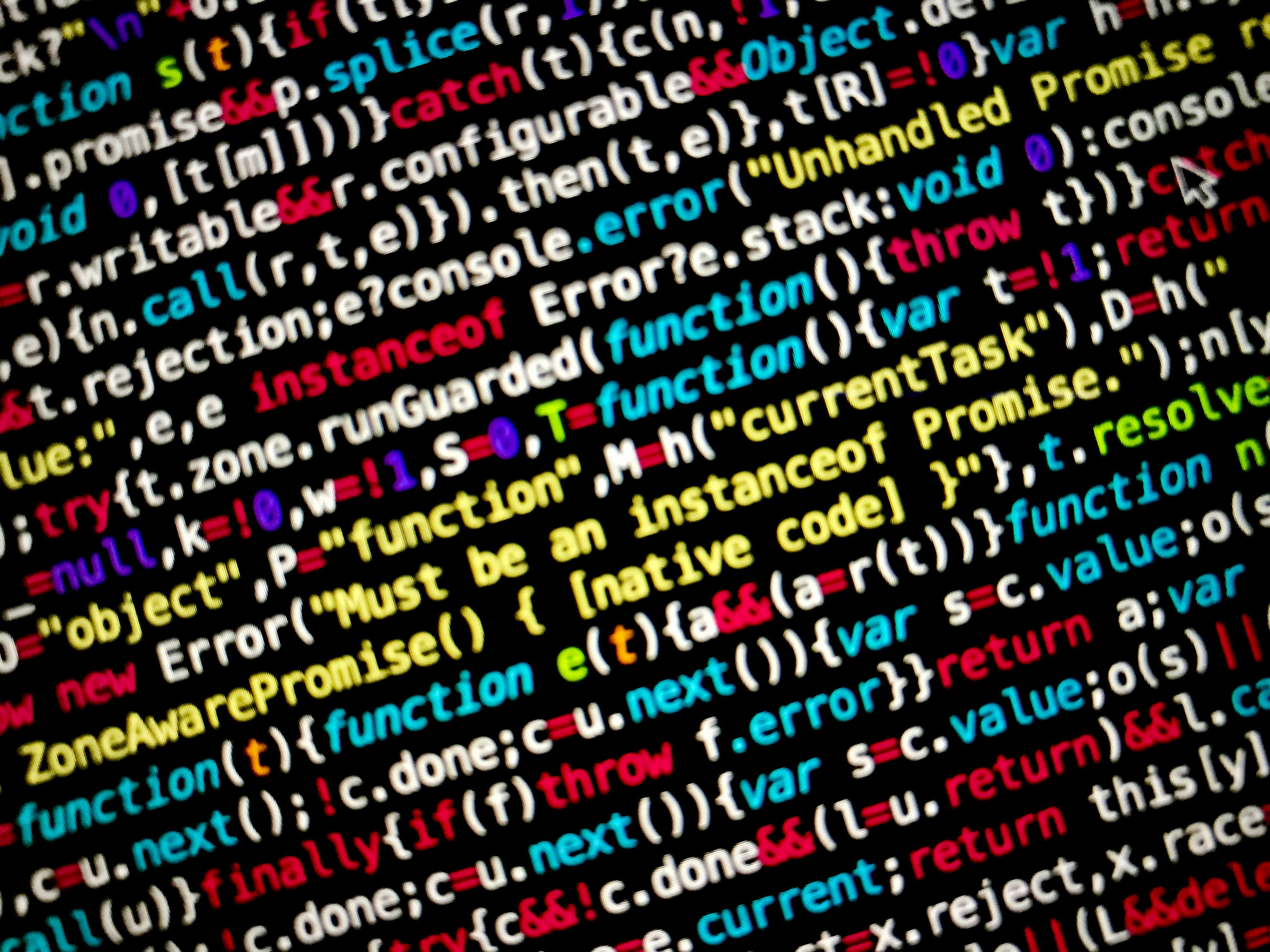AI's Transformation of Manufacturing: Self-Designing Machines and 3D Printing
Self-Constructing Machines: The Autonomous Advancement of Artificial Intelligence
Artificial Intelligence (AI) is revolutionizing the manufacturing industry, particularly in areas such as product design and 3D printing. This transformation is influencing various aspects, from tooling design to the very essence of the manufacturing process.
The Self-Designing Machine
With the increased utilization of AI-driven generative design software, humans and machines are collaborating to explore numerous design possibilities swiftly and test them before making a final decision. This paradigm empowers engineers and designers to create products that are not only aesthetically pleasing but also stronger, lighter, and more cost-effective.
Once the product is produced, it can continue to improve even after leaving the factory by receiving updates through the internet, adapting to unforeseen challenges and increasing efficiency on its own. This continuous evolution redefines the traditional roles of human designers, who are gradually becoming co-designers for the whole product lifecycle.
Manufacturing Beyond Factory Walls
AI's unrestricted flexibility enables devices to self-design and co-design almost instantaneously, making manufacturing on-the-go a possibility. With modern generative design, manufacturers can achieve rapid improvements in efficiency, sustainability, and resilience, thanks to the combination of AI, machine learning, edge computing, cloud computing, and additive manufacturing (3D printing). These advancements enable objects to adapt their design even when they are far from their creators' facilities.
One fascinating example of this transformation is a robot on Mars detecting poor ground conditions. The robot could suggest modifications to optimize its movement in the Martian environment, potentially even reconfiguring itself to continue its mission seamlessly.
The Impact of AI on Tooling Design
AI is not only transforming the manufacturing process but also the design of the tools used in that process. Generative design algorithms analyze existing tool designs and suggest innovative improvements, leading to the creation of more efficient tools. This streamlined approach to tooling design reduces development cycles and leads to better overall performance.
The Future of Manufacturing: Democratization, Commercialization, and Personalization
Despite initial skepticism, AI-based technologies are driving a shift towards decentralized manufacturing, allowing for greater product customization. The future of manufacturing will witness more industries adopting additive manufacturing, as it offers numerous benefits, such as lower costs, reduced waste, and higher precision.
Interestingly, the driving force behind this transformation was not technology itself but the maker movement. This grassroots movement demonstrated that with the right tools and know-how, anyone can manufacture products. While the demand for skilled designers is expected to grow, new technologies may also create job opportunities in these communities, disproving the notion that they will only benefit large corporations.
However, some experts caution that the future landscape of manufacturing may be dominated by giant pan-industrial corporations and networks due to AI-enhanced optimization platforms.
In Summation
Artificial Intelligence is reshaping manufacturing in numerous ways, from tooling design to production methods and business practices. As AI continues to mainstream, manufacturers can expect unprecedented efficiency, innovation, and sustainability in their operations. The role of traditional human designers is changing, with AI emerging as a collaborative partner that plays a crucial role in the entire product lifecycle.
- The convergence of artificial intelligence, machine learning, and additive manufacturing is enabling objects to adapt their design even when they are far from their creators' facilities, revolutionizing on-the-go manufacturing.
- In the future, generative design algorithms will not only transform the manufacturing process but also the design of tools used in that process, leading to the creation of more efficient tools and streamlined development cycles.
- As AI-based technologies enables greater product customization and democratization of manufacturing, the future landscape may be dominated by both small, skilled designer communities and giant pan-industrial corporations, depending on the pace of technology adoption and the balance of optimization platforms.







